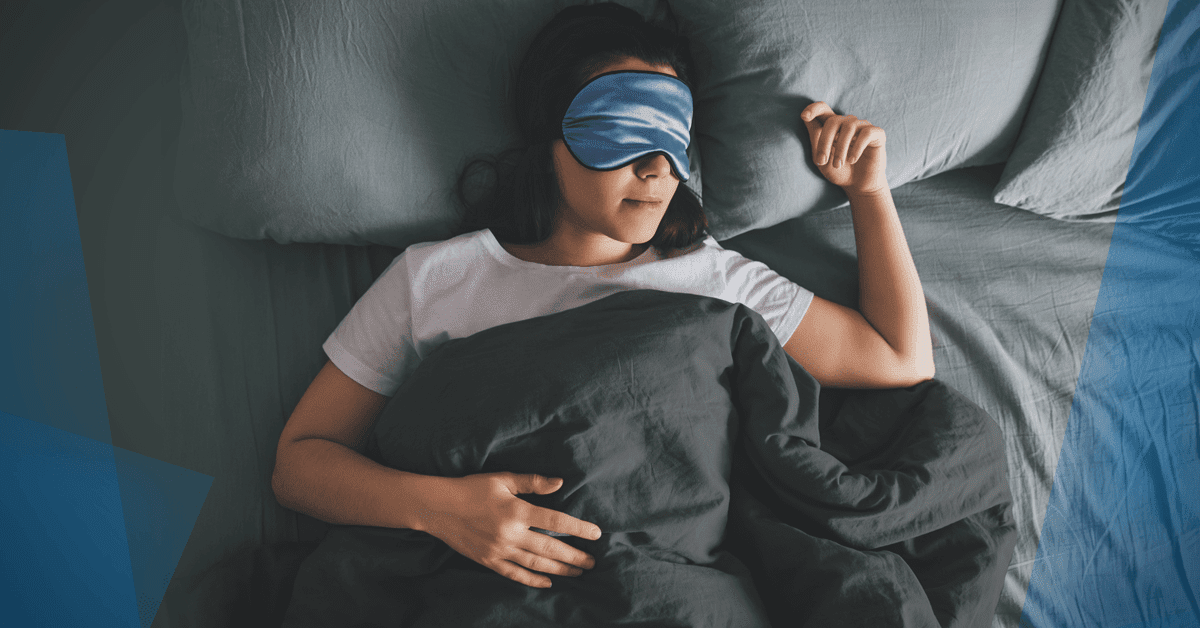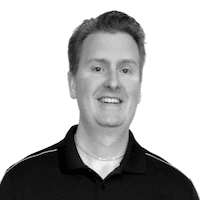Sleep has been dubbed “the new sex.” But I like to think of it as the new fitness intervention. It’s become a key part of any training plan, and for good reason: Sleep helps regulate hormones that directly impact weight management and muscle growth. No wonder it’s all the rage.
“Get more sleep” is the obvious advice for a sleep-deprived client. It just makes sense. But suggesting this to a client is actually a huge mistake. Why? Same reason you don’t recommend draconian diets: It’s not going to happen.
Most of your clients have a job, a family, and a thing called a life. The hour or two before bed may be their only chance to just chill with their partner. Few of them are willing to give that up.
READ ALSO: Why Goal Setting Doesn’t Work—and What to Do Instead
Instead of preaching the gospel of more sleep, focus on better sleep.
After all, how well you sleep is just as important as how long—a point that’s often overlooked. Restless sleep (even eight hours of it) will still leave you tired and grumpy in the morning.
It may also be more important in terms of health: In a 2016 study in the journal Sleep, people who experienced sleep disturbances (such as difficulty falling or staying asleep, or non-restorative slumber) were 20 percent more likely to develop high blood pressure or high cholesterol. Sleep duration was not significantly linked to either condition.
What’s more, predicting the ideal length of sleep for each person is tricky. Some people don’t need as much sleep as others.
While seven to nine hours is considered healthy for many adults, this 2018 European Heart Journal study suggests the sweet spot is more like six to eight. People who slept more or less than that were more likely to die or suffer a heart attack or stroke over an eight-year period. In fact, the longest sleepers (10-plus hours a day) had the highest risk (41 percent). (Although those who slept the longest also tended to be older, smokers, and diagnosed with high blood pressure already.)
I should note here that sleep quality and duration are inextricably linked. Short and long sleepers are also more likely to report poorer-quality sleep than those who bank about eight hours.
The important difference for me: Asking clients to sleep better is a lot easier than requesting they sleep more. After all, you’re not asking them to find more time in their busy day. You’re making suggestions that work with their existing lifestyle, the same way any good diet plan would.
Here are the top five recommendations I like to give.
READ ALSO: The Fitness Pro’s Guide to Better Sleep
1. Seize the daylight
Tell your clients to start prepping for a good night’s sleep first thing in the morning by getting some sunlight. Research shows that bright lights stimulate the suprachiasmatic nuclei, the part of the brain that regulates your circadian rhythms. We’ll just call it the master clock.
Increasing your daytime exposure to light actually helps synchronize the master clock, boosting your mood and alertness during the day and your ability to sleep well at night. According to a Japanese study, it may even shrink your waistline.
Sunlight is especially helpful, and I recommend a 20-minute morning walk without sunglasses. That allows the sun’s blue light to reach the photo receptors in the eyes that signal the master clock to reset.
Bonus: Walking more may be linked to improved sleep quality, according to a BMJ study.
Waking up at the same time every day also helps by preparing your body for sleep that night. Consistency is important. So try not to sleep in, even after a late night.
2. Wear orange glasses at night
Just as bright light is helpful in the morning, it can be detrimental at night. Blue light from digital screens tricks your body into thinking it’s daytime, priming you to stay awake when you should be falling asleep.
In addition to delaying sleep, it also interferes with sleep quality, leaving you sleepy in the morning regardless of how many hours you logged. In one small study, subjects who were exposed to blue light at night were less alert and energetic the next morning compared with those who’d been kept in darkness, even though both groups had slept for eight hours. Their metabolism was also slower.
Still, asking your clients to shut down all electronics at night may be too optimistic. So ditch the rose-colored glasses and try orange ones instead.
Research suggests orange-tinted glasses can significantly reduce the blue light emitted from digital devices. And while more research is needed to confirm their effectiveness, a few small studies—and personal anecdotes from clients—suggest they can work.
In one study, 13 screen-loving teens felt sleepier on nights they wore the “blue blockers,” compared with when they wore clear lenses instead. In another study, adults who wore amber-tinted lenses saw their sleep quality improve significantly after just two weeks.
I tell my clients to put on blue blockers two hours before bedtime. Another good solution: Use apps like Apple Night Shift, F.lux, or Iris that automatically adjust the color of your display to a warmer hue after sunset.
Also, skip energy-efficient bulbs in nightlights and bedrooms; red light, which has a higher wavelength and no effect on melatonin, is better.
READ ALSO: Four Ways to Use Science to Get the Best Results for Your Clients
3. Skip the nightcap
Booze can knock you out, but it can also mess with the quality of your sleep. (And not just because you have to get up to pee.) Research suggests that alcohol disrupts your normal sleep cycle by boosting deep slow-wave sleep early on, shortchanging the lighter REM sleep that’s important for restoration. Plus, when the alcohol is done processing, your brain continues to expect the sedative that it’s no longer receiving. As a result, you may wake up more frequently during the second half of the night. All this leaves you feeling tired and irritable the next day.
No need to kick the bottle entirely, but I do recommend that your clients limit drinking to moderate levels (one drink per hour max) to give their bodies time to metabolize any alcohol before bed. If you can reduce it to one drink per night, even better. (Just not right before bed.)
4. Create your mole hole
The sleep environment should be just like a mole hole—dark, cool, and quiet. I tell my clients to make their bedrooms as dark as possible: Cover any lit displays with black electrical tape, turn alarm clocks face down, and power off phones (or at least put them in airplane mode). Blackout curtains or shades can help block any ambient light from outside. Or try a sleep mask.
A cool room temperature is essential for good sleep. That’s because body temperature and circadian rhythms are linked: Your internal temp rises during the first half of the day and starts going back down in late afternoon, hitting its lowest point a couple of hours before you wake up in the morning.
Simply put: A falling body temperature promotes shuteye. A warming one wakes you. That’s why a warm shower before bed can be helpful—it raises your core temperature temporarily, but once you step out of the shower it begins to fall. That temperature shift encourages sleep.
Quiet is key too, but not necessarily total quiet. You don’t want any erratic sounds (turn off the TV!). But for many, some white noise—a fan or a sound machine—can actually aid sleep.
5. Try sleep supplements as a last resort
Two sleep aids have been useful for some of my clients. While I wouldn’t recommend using them every night, I’ve had clients use them with good success for occasional sleep problems.
READ ALSO: How Trainers Can Advise on Questions About Nutritional Supplements
Melatonin is the synthetic version of a sleep-promoting hormone your body creates naturally. If your clients opt to use it, suggest they start with a low dose (1.5 milligrams or less) and that they take it an hour or two before bed.
While it’s not technically a sleep supplement, magnesium may help people relax. Men should take in about 400 milligrams of this mineral a day, and women roughly 300. Unfortunately, many of the foods it’s found in (like leafy greens) tend to be lacking in people’s diets.
In supplements, the form of magnesium does matter, which means you need to check the label. Avoid the cheaper magnesium oxide (a very low absorption rate) and choose forms like magnesium citrate, glycinate, or aspartate.
As with any supplement, it’s important to check with a doctor first and seek out a reputable manufacturer.
But as I said, supplements should be a last resort. The other tips will have a much bigger impact on your clients’ sleep quality.
Better sleep means better workouts, which lead to better results and happier clients. That’s a pretty big win for both of you.











